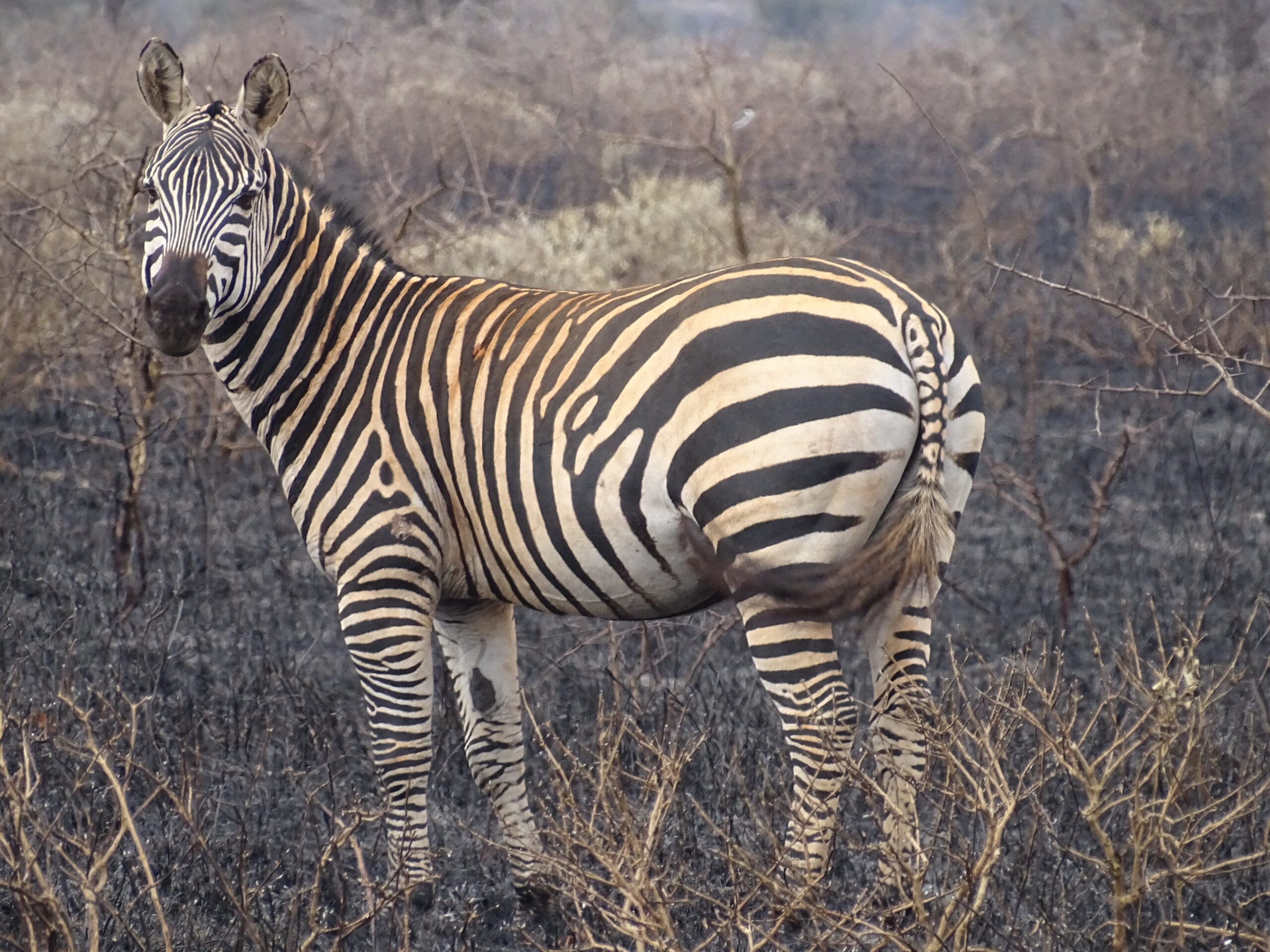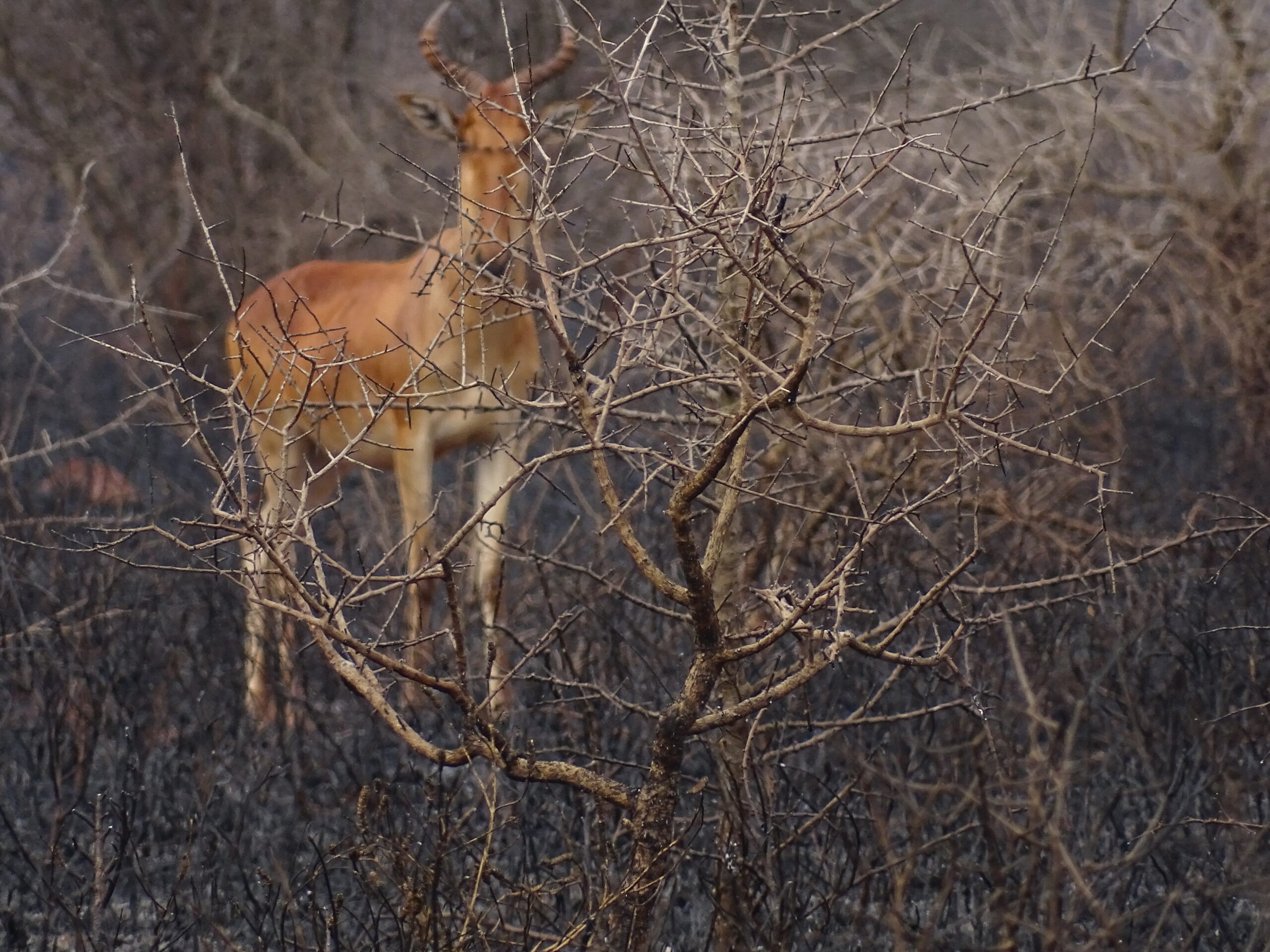Protected areas (PAs) play an essential role in safeguarding unique ecoregion habitats, endangered and threatened species, and ensuring the maintenance of ecosystem services for humanity, despite being key tourist attractions contributing significantly to countries GDP. However, the ability of PAs to maintain these services is under threat due to anthropogenic driven land use changes, encroachment to protected areas and climate change around these ecosystems which have altered fire regimes and temporal patterns.
Although fires are important to these protected areas, climate changes are expected to alter and catalyze wildfires frequency and severity reducing protected areas resiliency to changing fire regimes influencing human wildlife interactions. This project aims document spatial and temporal patterns of wildfires in key protected areas in Kenya, explore the impacts of wildfires in wildlife habitats and how wildfires and weather variability influences human wildlife interaction in the increasingly human dominated landscapes.



Photo Credits: Amos Muthiuru, KCL
This project is supervised by Dr. James Millington, Dr.Emma Tebbs and Dr. Kris Chan








